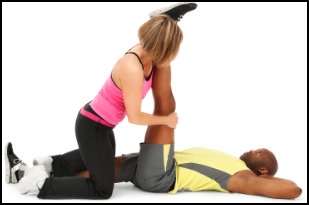Speed Training
This is the ability to move a distance in the shortest time. I.e An athlete performing a sprint in the fastest time they can.
Parachute Sprints
A parachute sprint is a sprint performed over about 20 meters in which the individual has a parachute attached to them so that when they sprint the resistance made by the air on the parachute increases the intensity of the run and makes the muscles work harder. It increases speed because the muscles need to still do explosive movements as fast as they can to move faster when attached to the parachute. This means that when the parachute is removed the individual will run faster. To make this harder I would increase sprint distance and reduce resting time in between sprints. An example is below.
An example of when this training would benefit an athlete in sports would be a fullback in football making a sprint either offensively or defensively. Their short bursts of pace will enable them to do achieve numerous options and help the team. For example either making a slide tackle after a sprint or receiving a pass after a long sprint.
Benefits and Drawbacks
The benefits of this training are that the same muscles for the exercise will be the same muscles in practice when applied practically. It burns a lot of calories, can be used as a method of interval training and increases aerobic fitness.
The drawbacks to such training are that actually obtaining the parachute may pose some difficulty and individuals wanting to train this way need to be informed before using the parachute or else injuries are likely to occur.
These training sessions can be made harder or easier by increasing or decreasing the sprint speed respectively.
http://www.livestrong.com/speed-workouts/

















